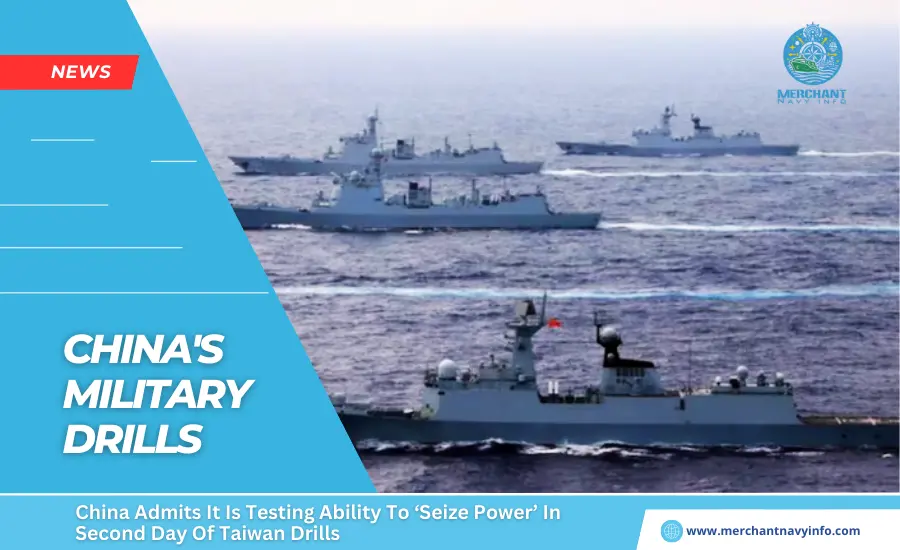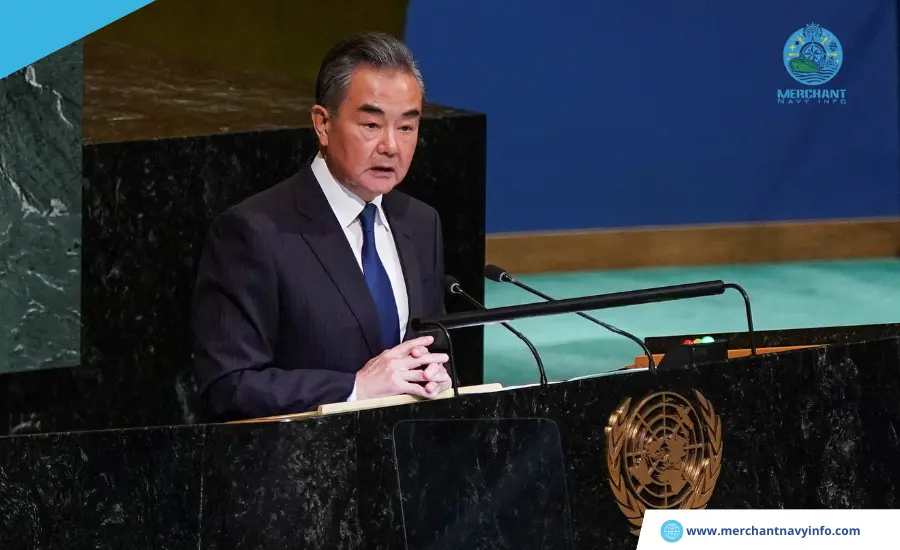
China deployed nearly 50 warplanes and 19 naval vessels around Taiwan on Friday, the second day of major military drills. It is described as a test of its ability to “seize power” on the island.
Taiwan’s defence ministry said it tracked the Chinese aircraft and warships. Along with a large number of Chinese coastguard vessels throughout their Friday drills. The region experienced spiralling tensions, bringing the two sides’ militaries into extremely close proximity at times.
Beijing has launched the drills to express its extreme disapproval over a change in Taiwanese leadership. The island’s new president, Lai Ching-te, is seen as less cautiously anti-Beijing than his predecessor. They have urged China to “accept the reality” of the island’s de facto independence and cease its threats of force.
Xi Jinping has instead done the opposite, launching its most expansive military drills yet as “punishment” for Mr Lai’s comments.
China’s military launched war games near Taiwan, codenamed “Joint Sword-2024A,” explicitly stating the drills aim to “test the ability to jointly seize power, launch joint attacks, and occupy key areas.” This aggressive exercise, analysts believe, is foreshadowed by the letter “A” in the title, hinting at a series of drills planned throughout 2024.
China Warns of Action

Despite the openly aggressive nature of its war games, China claimed it was the Taiwanese leadership creating “a perilous situation of war and danger” and that Beijing would go “further” if provoked.
China released photos showing forces from the ruling Communist Party’s military wing, the People’s Liberation Army, surrounding Taiwan. An animated video released on Friday showed Chinese forces approaching from all sides, enclosing Taiwan within a circular target area.
Chinese state broadcaster CCTV said a Chinese vessel, Nantong, carried out combat readiness patrols and practical drill missions in the Taiwan Strait, with the Taiwanese ship Zheng He following just 0.6 nautical miles behind.
Taiwan has put its marine and coastguard vessels and air—and ground-based missile units on alert. They are especially around the Taiwan-controlled island chains of Kinmen and Matsu. These are located just off the Chinese coast. It is far from Taiwan’s main island, some 100 miles away across the Taiwan Strait.
The last drills of this scale came in the aftermath of 2022’s visit to Taiwan by Nancy Pelosi, then the US House of Representatives speaker. Those involved a simulation of an economic blockade of the island. However, not an all-out invasion – and did not cover so wide an area. These include groups of Taiwan-controlled islands near the Chinese coast.
Taiwan Accuses China of Harassment
Alongside the military exercises, which on Friday included bombers flying off China’s east coast in attack formations. Also, the mock bombings of pretend “foreign” vessels. Chinese coastguard boats have been accused of “harassment” drills. According to a senior Taiwanese security official, these include mock inspections of civilian ships.
China’s coastguard defended its actions and said it had conducted “law enforcement drills” in waters east of Taiwan on Friday, focused on training in verification and identification, warning and repulsion.
Speaking halfway through the Chinese military drills on Thursday, Mr Lai said: “Facing external challenges and threats, we will continue to maintain the values of freedom and democracy.” He was shown meeting sailors and top security officials on a visit to a marine base in Taoyuan.
The Xi Jinping administration has denounced Mr. Lai as a “separatist.” He calls the democratically governed island a renegade province, seeing it as its territory. Despite Taiwan enjoying widespread international recognition of its self-sufficiency.
Washington, which has diplomatically and militarily backed Taiwan’s self-governance, is closely watching the rising tensions in the strait.
A US Navy 7th Fleet public relations officer said the fleet is paying attention to “all of the activities” in the Indo-Pacific. It takes “very seriously” its responsibility to deter aggression in the region.









